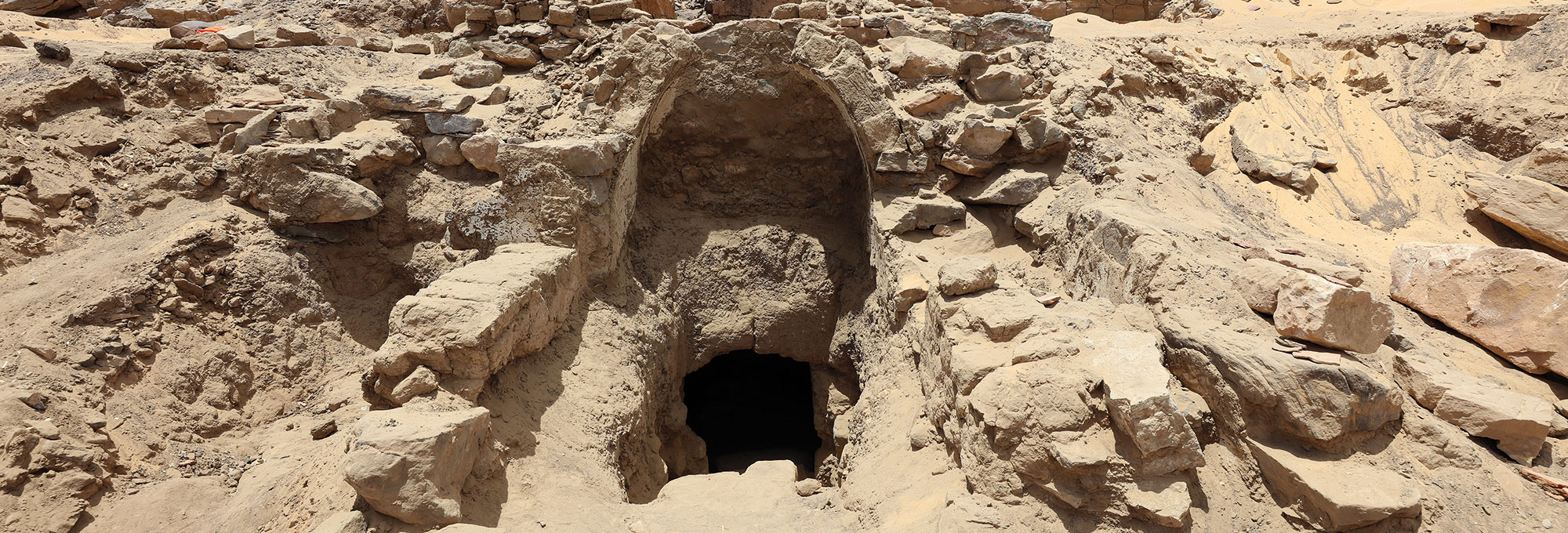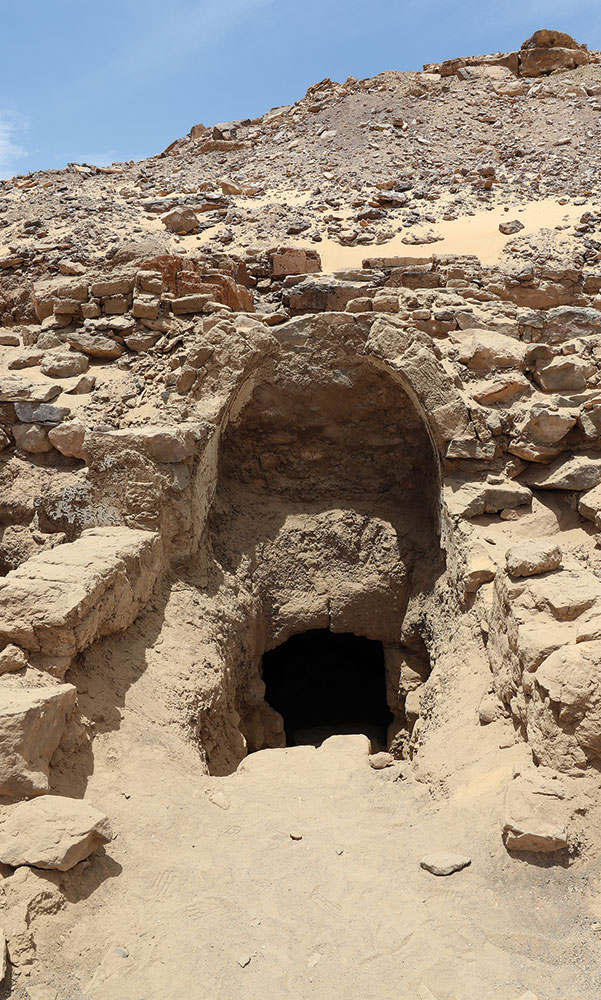BARCELONA, SPAIN—According to a Science News report, the Casarabe people, who lived in what is now northern Bolivia between A.D. 500 and 1400, built a network of drainage canals and ponds so that they could produce two maize crops per year on the Amazonian savannas. Previous research had shown that the Casarabe consumed maize, tubers, squash, peanuts, and yams, but no evidence of agricultural fields had been found. Geoarchaeologist Umberto Lombardo of the Autonomous University of Barcelona and his colleagues examined satellite images of Casarabe territory, and identified clusters of human-made ponds. Deep canals moving away from the pond clusters were spotted through the use of lidar equipment mounted on drones. Analysis of soil samples taken from the edges of the canals and ponds contained maize phytoliths. Radiocarbon dating of the samples at one of the ponds indicates that it was used between about 1250 and 1550. “As the population grew and environmental pressures increased, perhaps they looked for more reliable and stable sources of proteins,” Lombardo said. “Maize could have offered that to some extent,” he concluded. Read the original scholarly article about this research in Nature. To read more about identifying Casarabe settlements using lidar, go to "Around the World: Bolivia."
Casarabe Irrigation System Identified in Bolivia
News January 31, 2025
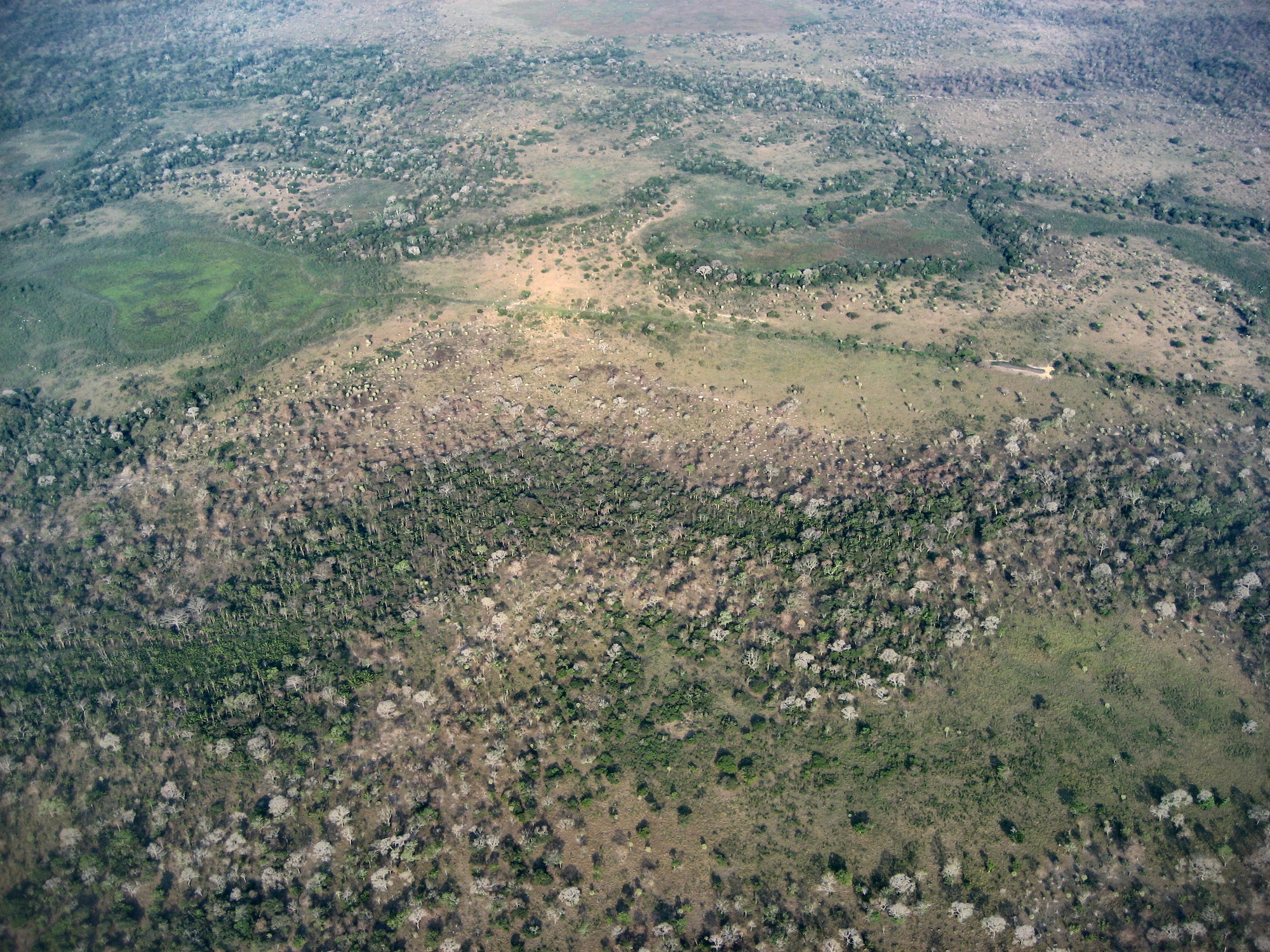
Recommended Articles
Digs & Discoveries September/October 2019
Home on the Plains
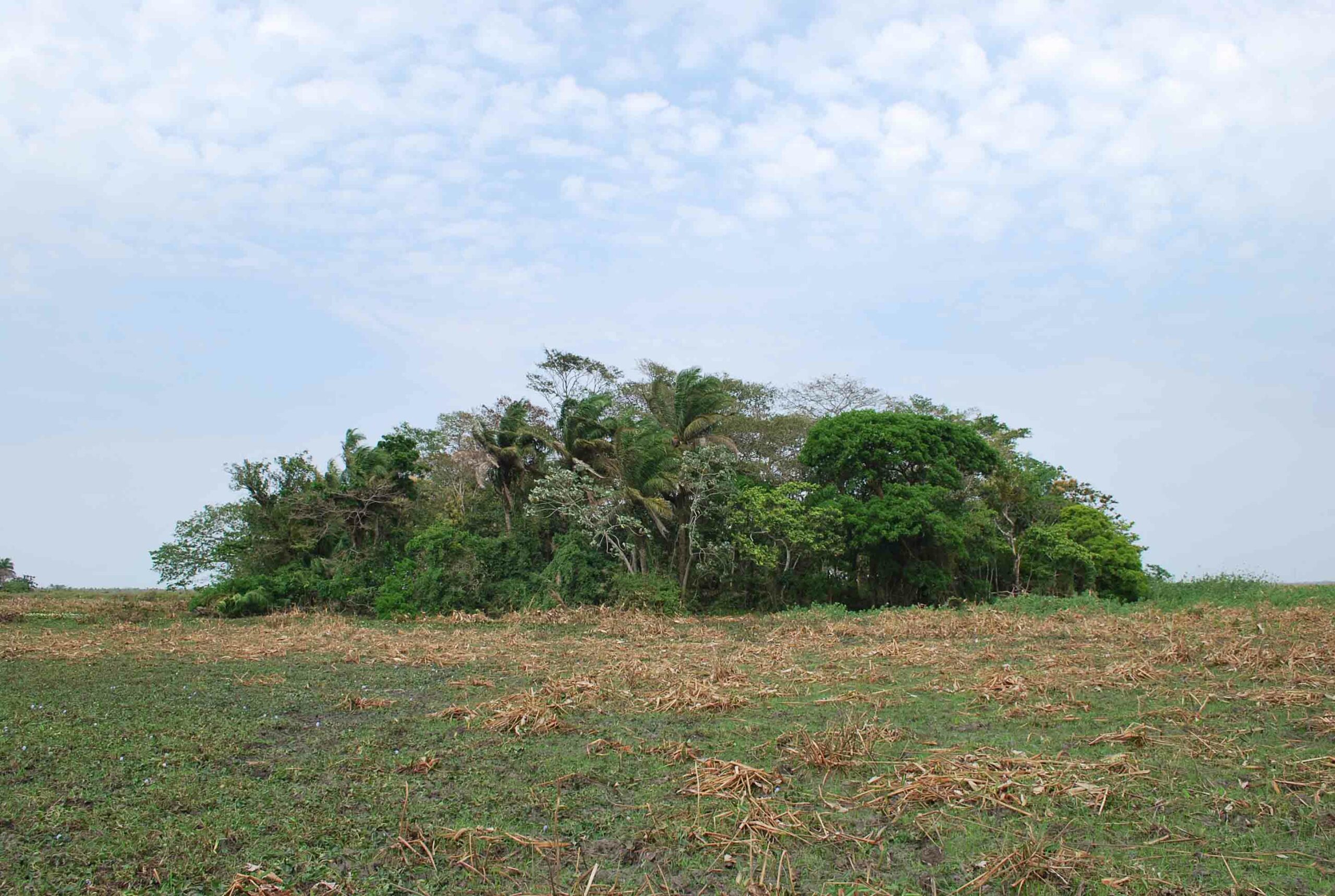
Letter From the Philippines May/June 2018
One Grain at a Time
Archaeologists uncover evidence suggesting rice terraces helped the Ifugao resist Spanish colonization
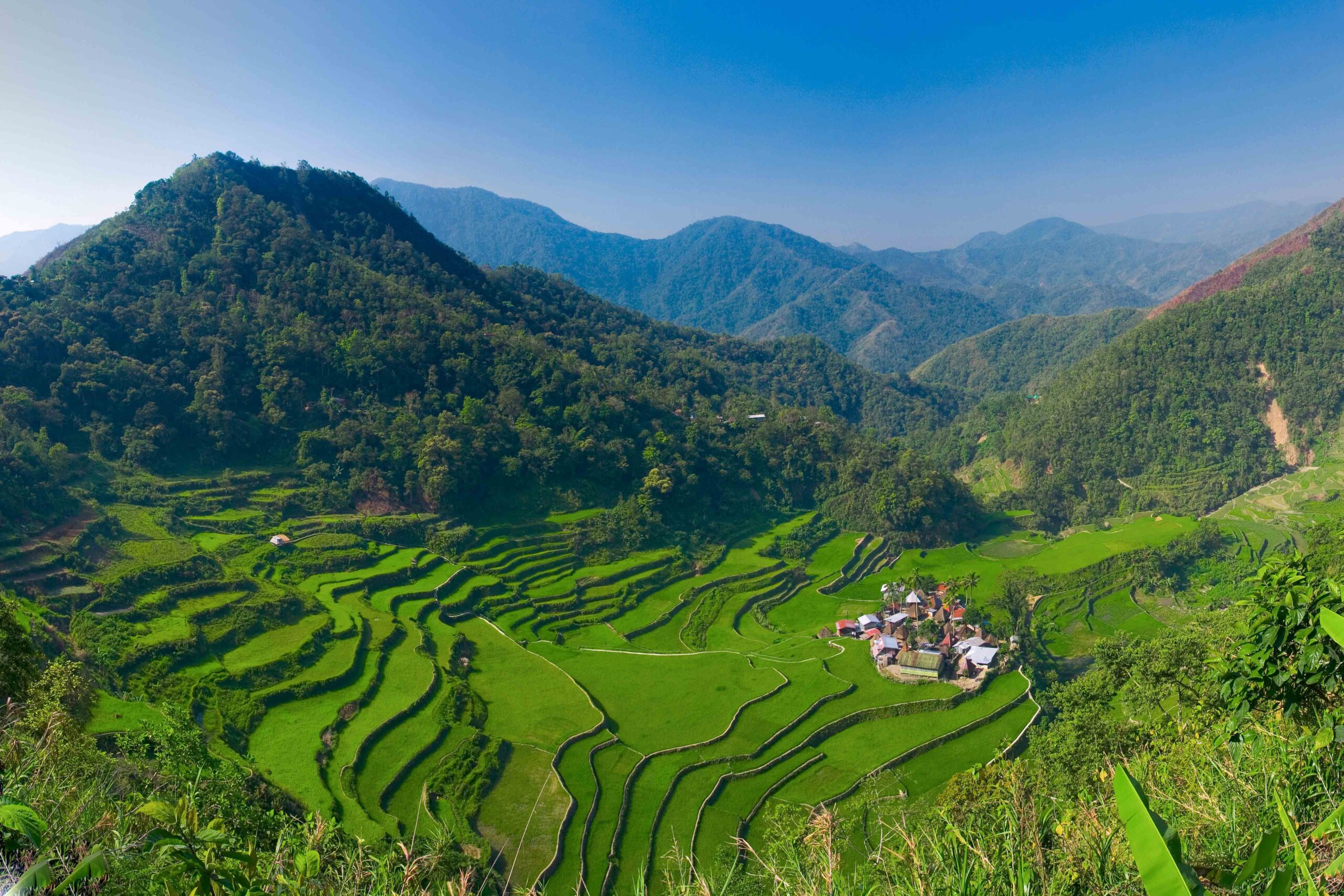
Off the Grid January/February 2026
Prophetstown, Indiana
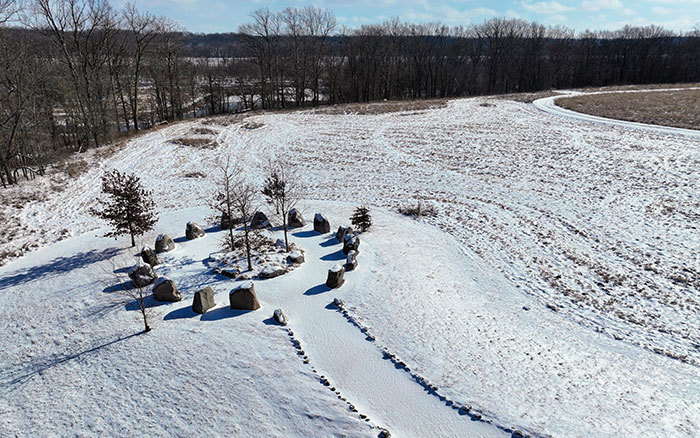
Letter from France January/February 2026
Neolithic Cultural Revolution
How farmers came together to build Europe’s most grandiose funerary monuments some 7,000 years ago
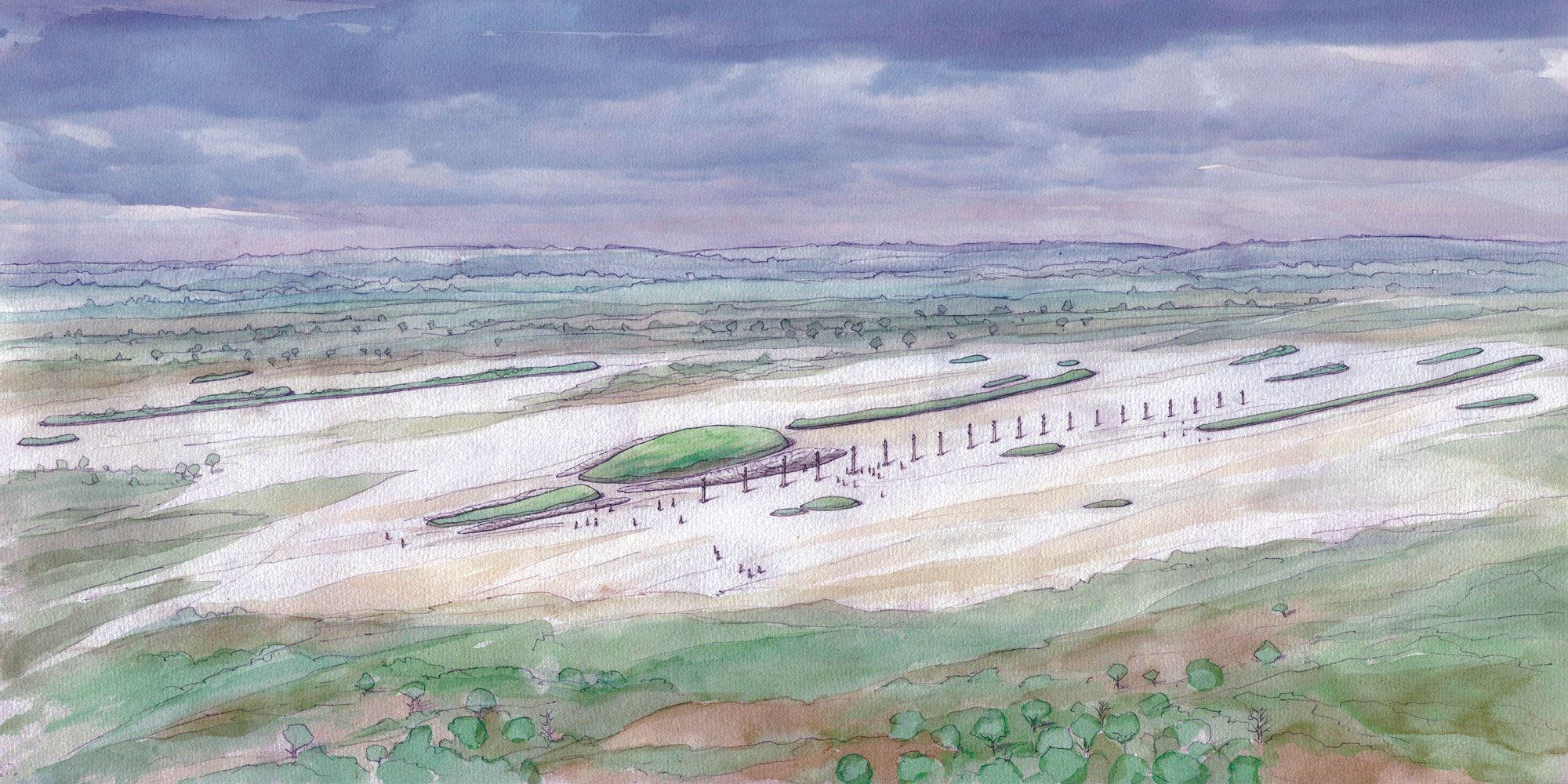
-
Features January/February 2025
Dancing Days of the Maya
In the mountains of Guatemala, murals depict elaborate performances combining Catholic and Indigenous traditions
 Photograph by R. Słaboński
Photograph by R. Słaboński -
Features January/February 2025
Unearthing a Forgotten Roman Town
A stretch of Italian farmland concealed one of the small cities that powered the empire
 Photo Courtesy Alessandro Launaro
Photo Courtesy Alessandro Launaro -
Features January/February 2025
Medieval England’s Coveted Cargo
Archaeologists dive on a ship laden with marble bound for the kingdom’s grandest cathedrals
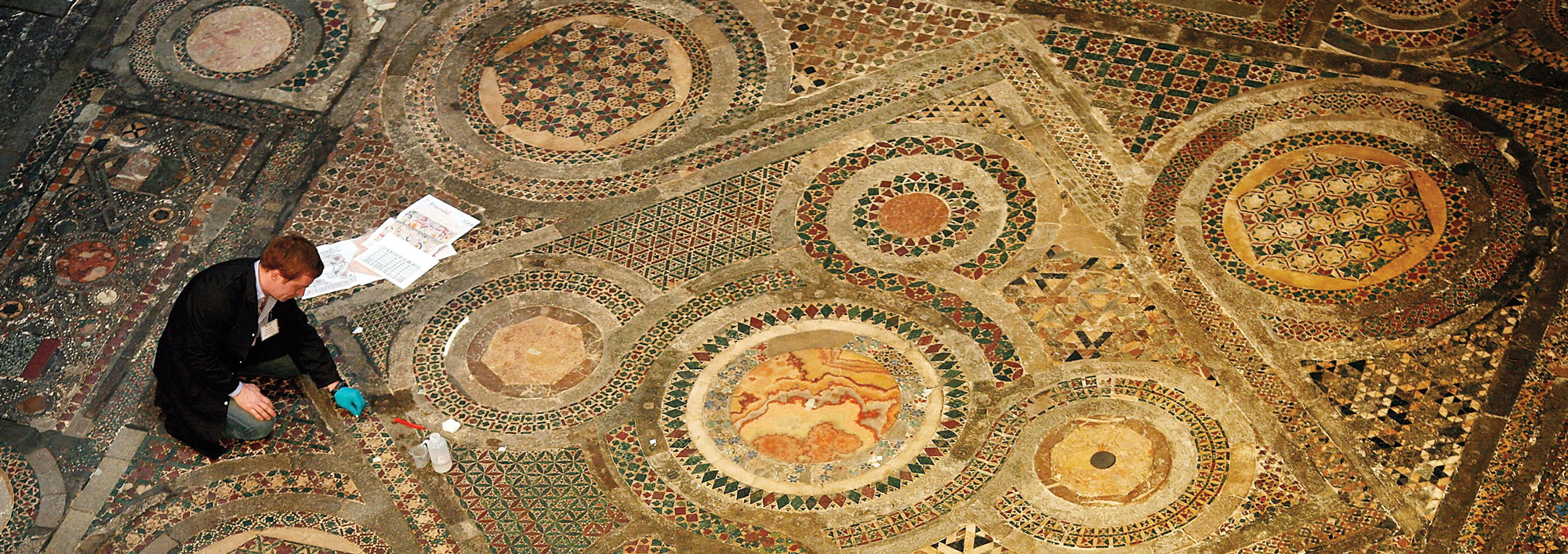 Peter Macdiarmid/Getty Images
Peter Macdiarmid/Getty Images -
Features January/February 2025
Lost Greek Tragedies Revived
How a scholar discovered passages from a great Athenian playwright on a discarded papyrus
 Egyptian Ministry of Tourism and Antiquities
Egyptian Ministry of Tourism and Antiquities


